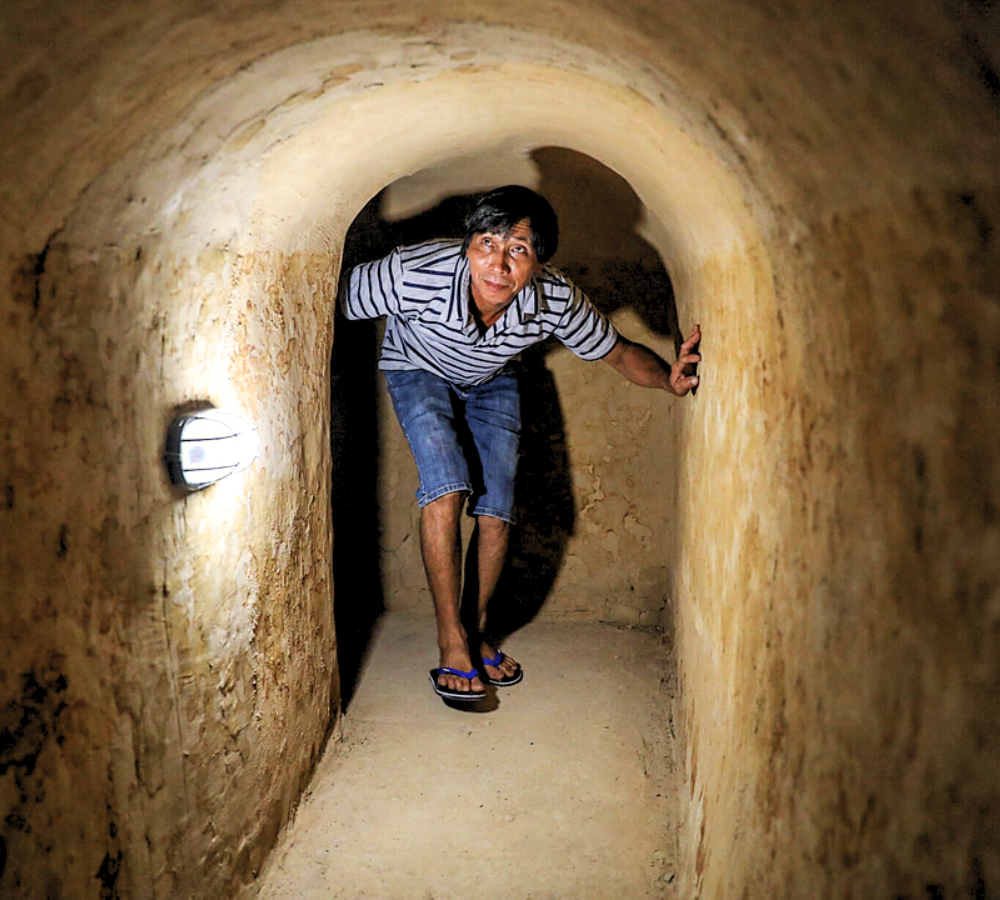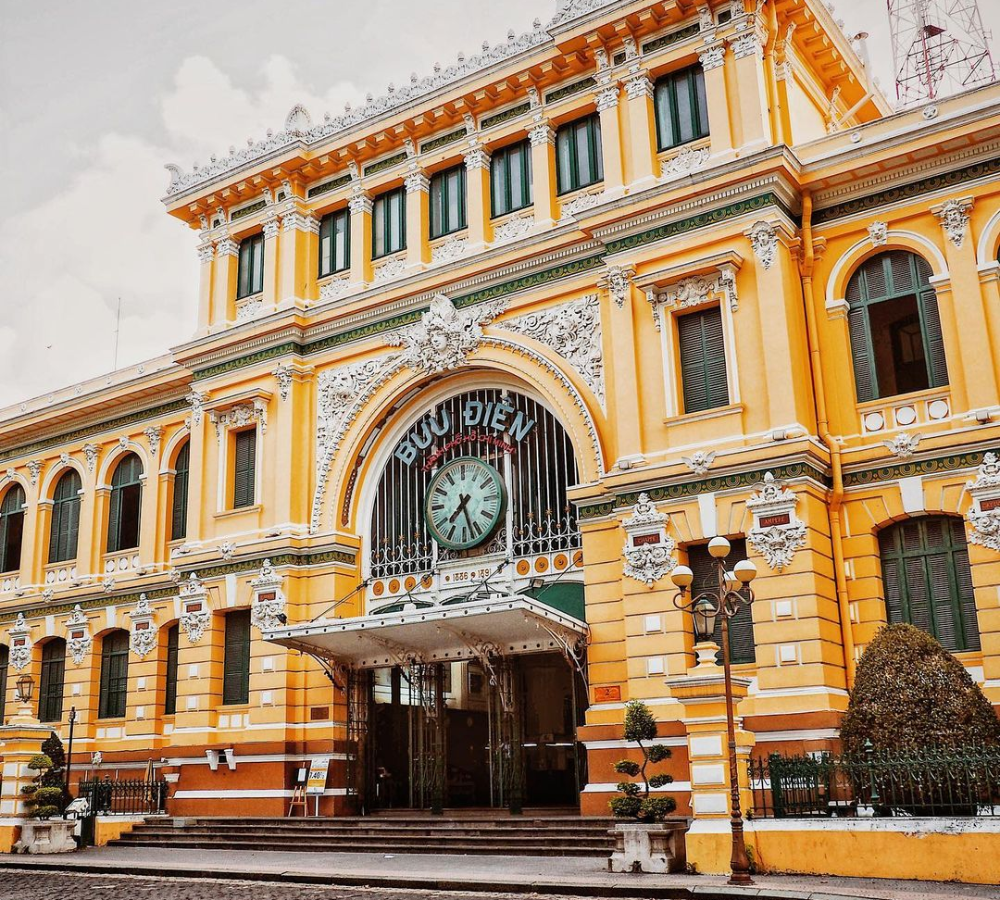-
Northern Vietnam
- Trang An Grottoes Eco Tourism ComplexJuly 18, 2024
- Exploring Cuc Phuong National Park: The Green ParadiseJuly 18, 2024
- Ninh Binh Province – A Huge Tourism PotentialJuly 18, 2024
- Trang An Grottoes Eco Tourism Complex
- About Us
- Destinations
- Tours
- Deals
- Travel Guide
- Contact Us
Contact Us
Luco Travel
Luco Travel - Trusted Vietnam Tour Operator will take you on a memorable journey of Vietnam's rich cultural heritage and stunning natural beauty. Our customized trips will exceed your expectations.
Certificate of Excellence 2019.

---Read Reviews---Contact Us
Best Selling Tour Packages











